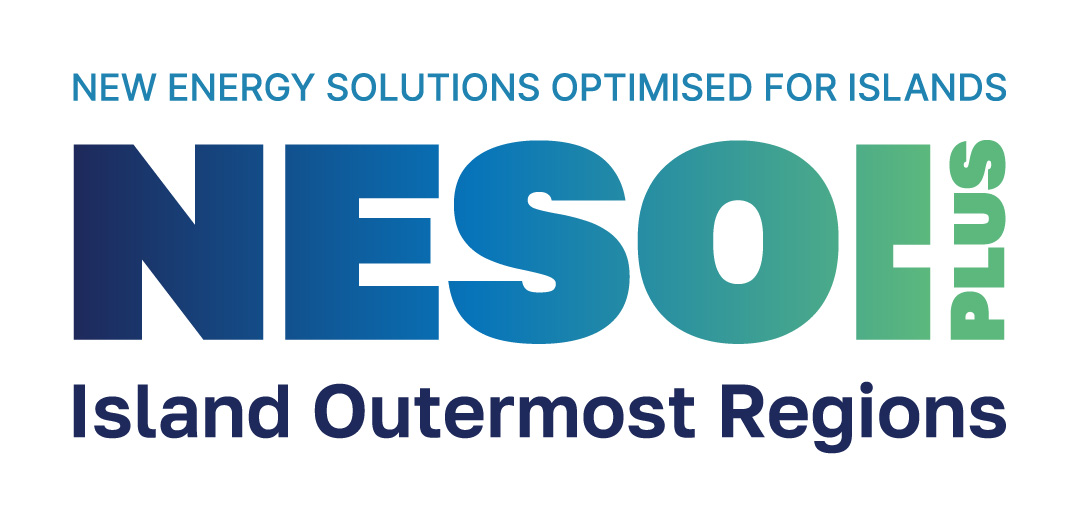Local energy community of A Illa of Arousa (CLER) is a project supported by NESOI European Islands Facility, managed by our partners from CIRCE, and promoted by A Illa de Arousa Council, Arousa en Transición Association
What is CLER?
Both the municipality and a group of citizens want to create a local renewable energy community (CLER), leading to the creation of a citizen association "Arousa in Transition", with the aim of mobilizing the Arousa society towards the creation and implementation of the CLER.
The main objectives are to promote the installation of renewable energy on the island, manage and share the energy generated through innovative “Demand Response” systems, promote energy efficiency in homes of the islanders, fight against energy poverty, and promote sustainable mobility systems and installation of recharging points.
The renewable energy community of A Illa de Arousa is formed and the installation of the first PV plant and a public charging point is underway. In the coming years the PV electricity production will be further increased, and new innovative solutions are investigated. For example, low-power wind energy and tidal energy for RE production and reversible hydraulic pumping for energy storage.
CLER Illa de Arousa will be an example of the establishment of a local energy community backed by the municipality. CLER will serve the benefits of local citizens and SMEs in making renewable energy attainable and affordable in Arousa. This type of local energy community can be as big or small as needed; either connecting a few neighbors, or to cover an entire municipality. Therefore, the results are highly replicable in both islands and the mainland.
CLER: Energy Communities
The participation of the City Council of Arousa in the European Clean Energy for EU Islands project resulted in the development of an energy transition agenda. The municipality also has an Action Plan for Climate and Sustainable Energy (PACES) within the initiative of the Covenant of Mayors. Both documents include the need to create a local renewable energy community. The objective of the energy community is to provide economic, social and environmental benefits to its members and the territory, instead of having a profit-making purpose. The actions of the energy community Arousa en transición are the following.
- Promotion of renewable energy facilities (mainly PV solar energy and mini wind energy) and sustainable mobility on the island.
- Design and implementation of energy storage systems and electric recharging infrastructure.
- User service office, which citizens can visit for consultation on energy generation technologies and energy efficiency in general.
- Community advisers "Arousan Energy Coach" who will carry out feasibility studies for electricity generation facilities and energy studies for homes at risk of energy poverty.
- Project website, with sections dedicated to seeing renewable generation and community consumption in real time.
- An intelligent electrical distribution network, to manage the system in the form of "demand response".
Expected environmental impacts
Through the energy efficiency interventions on public and private assets, realization of energy storage systems; renewable energy generation; sustainable mobility solutions etc., CLER will help to avoid approximately 1909 tons of CO2 emissions per year. It is foreseen to install up to 1500 kW of renewable energy sources in Arousa, mainly PV, alongside the setting up of a decentralized Smart City system. This system will help to balance the grid and increase its independence.
How does NESOI Support this project?
The European Islands Facility (NESOI) aims to unlock the potential of EU islands to become the locomotives of the European Energy Transition. To do so, NESOI aims to mobilize more than €100 Million of investment in sustainable energy projects to give EU islands the opportunity to implement energy technologies and innovative approaches, in a cost-competitive way.
More specifically, NESOI has provided the following support:
- Assessment of the key project sizing drivers, identification of suitable technological options
- Design of the operation of each area taking part of the community
- Cost Benefit analysis and socio economic and environmental impact evaluation
- Risk analysis and identification of available mitigation strategies
- Definition of the technical, economic and financial, fiscal project inputs
- Definition of the legal form, compliant with Spanish and European legislations
- Definition of the required environmental permitting procedures
- Risk analysis and identification of available mitigation strategies
- Financial modelling and identification of financing/funding options
- Action plan and identification of project monitoring procedures
- Analysis of existing planning documentation
- Identification of suitable technical options
READ MORE INFORMATION IN THE DEDICATED PROJECT BROCHURE.


